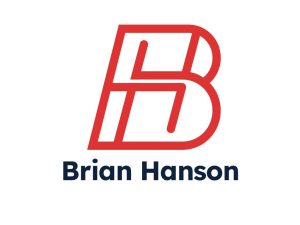Reduced to its simplest terms, the entire process of marketing a local business online can be summed up in two parts: driving traffic and conversion. Within these two facets of Internet marketing for local businesses is an infinite realm of multidisciplinary nuance that encompasses the application of creative, technical and social skills. And if things weren’t complex enough, the rules of online marketing are always changing as new technology emerges, trends develop and web users grow more savvy and discerning.
Needless to say, there’s a lot of ground to cover – especially for one blog. But stick with us, because we’re going to do it. For the beginners, we’ll start with the basics before moving into the nitty gritty and the detailed strategies, philosophies and principles of Internet marketing where even advanced Internet marketers may end up learning a thing or two.
But first, let’s take time to discuss one of the most important concepts when it comes to bringing your marketing efforts onto the web:
People and Robots: Marketing to Two Audiences
The target audience for Internet marketing is bilingual. You have to use language that is equally as compelling and readable to humans as it is indexable and classifiable to search engine spiders. The challenge, though, is that you can’t present one site for people and another for robots. Rather, your web presence has to be the best of both worlds. The most stirring call to action on a site that never gets search engine traffic is nothing but a tree falling in the forest with no one to hear it. Conversely, driving a million visitors to your door everyday is pointless if you have nothing valuable to offer them.
Your goals as an online marketer are:
- To have a prominent visibility throughout the web by:
- Attaining high ranking for high volume, relevant search terms on search engine results pages (SERP)
- Creating a recognizable, reputable universal brand
- Establishing authority as an expert or a leader in your industry
- To have an attractive, professional and most importantly, conversion-friendly website to serve as a source of hot leads for your business.
Sometimes, the twin endeavors of search engine optimization (SEO) and conversion optimization are at odds each other and other times, they overlap.
For example, choosing relevant keywords and including your address and contact information isn’t only helpful for customers trying to find out what you do and where you’re located, they also help search engines determine how to classify your business in terms of industry sector and geographical location.
On the other hand, what looks good to a search engine robot (for example, a page of text where a certain key phrase is used over and over regardless of context) doesn’t always read naturally to a human, while text that is novel and amusing to a person (for example, a knock knock joke) may be sheer nonsense to a search engine spider.
The goal of a local Internet marketing campaign is to take both aspects to the max while maintaining a delicate balance between readability and search engine visibility. For both games, there are two main playing fields: on-site and off-site.
As we move forward in our tutorials and discussions about online marketing for local businesses, we’ll discuss the principles of SEO and search engine marketing (SEM) as it applies to on-site strategies and off-site strategies as well as conversion tactics and the psychology and philosophy of marketing on your website and throughout the World Wide Web.
Stay tuned – in the next post we’ll dive into on-site optimization and how to create a website that is worthy of all the traffic that we’ll be driving towards it.
